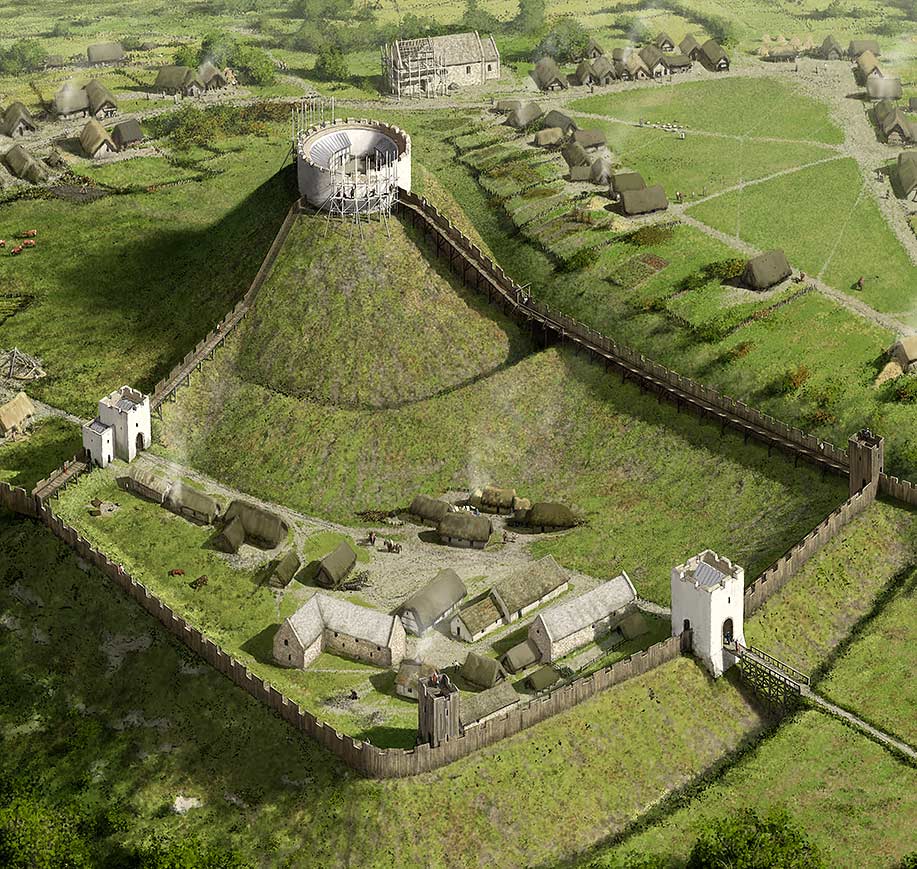Foundation
Count Brian of Brittany, a leading supporter of King William I (William the Conqueror), established a castle here around 1068. The site was strategically important, overlooking a deep valley and close to a road crossing of the river Tamar, which forms the eastern border of Cornwall. Launceston and Trematon were the only two castles in Cornwall listed in Domesday Book (1086), when Count Robert of Mortain, the second most important man in England, held them both. This established a pattern in which Launceston Castle was held by some of England’s most powerful figures.
Before the castle’s foundation, settlement in the area was focused to the north at Lanstefan, across the river Kensey. In the 1090s Lanstefan’s market was transferred to the outer bailey of the castle, and additional settlement soon followed. By the 13th century the town, surrounded by a wall, had grown to the extent that it was regarded as the natural place from which Cornwall should be administered.
The mound at the north-east corner of the castle originated in the late 11th century. The buildings and defences were initially of timber, but later in the 12th century stone began to be used, including a ‘shell keep’ on the mound, which survives, though much altered. From the 1180s documents begin to mention other buildings inside the castle, including the ‘king’s chamber’ and a prison.
Earl Richard and the Castle’s Development
In May 1227 King Henry III invested his younger brother Richard (1209–72) with the title Earl of Cornwall. Richard held estates across England as well as many castles and manors, but his control of the tin industry of Cornwall and Devon brought him a huge income, making him one of the richest men in England.
Clever, cultured and politically astute, Richard achieved international celebrity in 1257 when he secured election by the prince-electors of Germany as their king, or ‘King of the Romans’. This made him the leading candidate for the yet more prestigious role of Holy Roman Emperor, although he died before he could achieve that goal.
Earl Richard rarely visited Launceston or Cornwall in person, preferring to leave his officials in charge, but he is known to have stayed at the castle at least six times, including his 51st birthday. He reconstructed many of the castle’s buildings in stone, including a hall, a kitchen and chambers in the bailey. He also refashioned the shell keep, adding a central round tower and creating a unique multi-tiered tower.
In Earl Richard’s time Launceston Castle was unchallenged as the place where officials administered justice and collected money on his behalf. Under his son Edmund, Lostwithiel in central Cornwall was promoted as a rival ‘capital’, with a luxurious new castle nearby at Restormel, in which the earl would more often stay. Nonetheless, Launceston Castle retained its historic significance as Cornwall’s most important courthouse and the county gaol.
Move the sliding bar to compare a reconstruction of Launceston Castle and town as they may have looked in about 1270 with a similar view today. (Illustration by Peter Urmston © Historic England/English Heritage Trust)
The Duchy of Cornwall in the Late Middle Ages
In 1337 Edward III made his eldest son (also named Edward) the Duke of Cornwall. The Duchy of Cornwall, which still exists today, has estates in Cornwall and Scilly but also in other parts of England; the title of duke is given at birth to the monarch’s first-born male child.
Officials surveyed the six-year-old Duke Edward’s new property for him in 1337. At Launceston, they found that the castle’s buildings had been badly neglected. Of the buildings on the motte, for example, they reported that
[There is a] passage leading from the castle up to the High Tower, newly covered with lead, but whose steps are defective. And there are in the same tower two chambers whose doors and windows are of no value. And the aforesaid tower has two stone curtain walls, of which one portion containing by estimation three perches has fallen to the ground.
It was the same story throughout the castle; even the gaol was ‘badly and inadequately covered with lead, and another prison called the “Larder”, weak and almost useless’.
Under Edward (later Prince of Wales, and better known as the Black Prince), Launceston and other castles in Cornwall were repaired. His correspondence with his officials occasionally mentions the deer park on the castle’s western side, an important recreational asset especially during the duke’s occasional visits. Rarely, he also gave orders for the castle’s fortifications to be strengthened: clearly in times of unrest and conflict, Launceston Castle might be called upon to uphold the duke’s control of the territory. And at all times it was used most intensively as a prison, holding people accused of crimes until they could be tried in the great hall.
Launceston Castle and the Tin Industry
The tin industry of Cornwall and Devon was a jealously guarded monopoly of the Earls and Dukes of Cornwall in the Middle Ages and afterwards, and its control was a matter of the greatest importance. Tin was heavily taxed, bringing figures such as Earl Richard and Duke Edward a huge regular income. But in return, those engaged in the industry were allowed their own legal system and considerable independence.
Castles such as Launceston and Restormel played important roles in the industry, as places of security in which sensitive operations such as the assay (testing) of tin ingots for purity (known as ‘coinage’) could be carried out safe from outside interference or fraud. For example, in October 1346 the duke ordered that the only two manufacturers of pewter in Cornwall should be based inside the castles at Launceston and Restormel.
Image: A 16th-century woodcut showing tin streaming – the usual medieval method of recovering shallow tin deposits. After digging away the overlying soil, the tinners would divert a stream of water into the deposits, washing away the sand and silt to leave behind the heavier, tin-bearing gravels
© Alamy Stock Photo
‘Castle Terrible’
In the late 15th and 16th centuries, the relationship between Cornwall and the government of England was marked by successive rebellions, followed by oppressive responses. As the central place for the administration of Cornwall, the castle was the setting for the trial, imprisonment and execution of Cornish rebels. In 1577 the Roman Catholic priest Cuthbert Mayne was held in the castle, and after his brutal execution in the town’s market-place his head was displayed over the castle gate. Memory of such events probably lies behind the local nickname ‘Castle Terrible’, which was recorded by the Cornish antiquary Richard Carew in the early 17th century.
By the 17th century, the day-to-day running of the castle largely fell to the mayor of Launceston and the castle gaoler rather than a Duchy official. The dilapidated great hall was no longer adequate for court sessions and after the 1640s the courts moved to a building in the town, leaving the castle solely as a prison.
As well as local prisoners, captured foreign sailors were occasionally confined in the castle. At this time, many prisoners were kept in and around the north gatehouse, but at the end of the 17th century a new county gaol within the castle bailey replaced or supplemented this.
George Fox in Prison
George Fox, the founder of the Society of Friends (Quakers), was arrested in 1656 during a preaching mission to the West Country, ostensibly for having long hair. For this, and the additional offence of not removing his hat in court, he was held prisoner at Launceston Castle for about eight months.
Fox left a graphic description of the squalid conditions of his cell in the north gatehouse, nicknamed ‘Doomsdale’:
The place was so noisome that it was observed few that went in did ever come out again in health. There was no house of office [latrine] in it, and the excrement of the prisoners that from time to time had been put there had not been carried out (as we were told) for many years. So that it was all like mire, and in some places to the tops of the shoes in water and urine …
At night some friendly people of the town brought us a candle and a little straw, and we burned a little of our straw to take away the stink. The thieves lay over our heads, and the head jailer in a room by them. … It seems the smoke went up into the room where the jailer lay; which put him into such a rage that he took the pots of excrement from the thieves and poured them through a hole upon our heads in Doomsdale, till we were so bespattered that we could not touch ourselves nor one another.
Fox described how reports of this ill-treatment generated widespread sympathy and helped promote his cause. Eventually he was moved to a better cell, and allowed to exercise in the castle courtyard.
Image: A 19th-century portrait of George Fox
© Chronicle/Alamy Stock Photo
From Prison to Pleasure Garden
The castle became still more unkempt as the 18th century progressed. An engraving of 1734 shows the walls and towers with many gaps, covered with vegetation, and with only the small prison-house inside. Thirty years later the mayor of Launceston, Coryndon Carpenter, helped speed the ruination by demolishing the upper storey of the north gatehouse and part of the north curtain wall. This was to make room for a new house and garden for himself; Eagle House still stands today.
The prison building was extended in the late 18th century with the addition of an exercise yard, but conditions inside were still woeful – in a popular local saying, ‘like Lanson gaol’ meant something squalid and disorderly.
In the 1840s, nearly 800 years of the castle serving as the main prison of Cornwall came to an end with the closure of the prison in favour of the gaol at Bodmin. The prison was demolished and the castle courtyard landscaped. In the process the workmen discovered the remains of the prison cemetery.
From 1843 the Duke of Northumberland, who had leased the castle, laid out the eastern part of its grounds as a pleasure garden, with winding paths, trees and shrubs.
Modern Times
The castle continued as a pleasure garden for the town through the first half of the 20th century. Public events occasionally took place there, including a spectacular pageant in 1931, in which hundreds of costumed volunteers re-enacted episodes from Launceston’s history. The growing popularity of travel to Cornwall (by rail and road) brought more and more visitors to Launceston and the castle.
The Second World War saw the castle pressed into official use one last time. The western half of the bailey became the site of a temporary hospital for the US Army, who were assembling in Cornwall and across southern England in preparation for the D-Day landings. The hospital buildings remained in use by local government officials after the war, and survived until the 1960s. But from 1951 the castle was in the guardianship of the Ministry of Works, and since 1984 it has been managed by English Heritage.
Archaeology at the Castle
The demolition in 1965 of the huts of the former hospital in the south-west corner of the castle made it possible to lay out the whole of the castle’s interior as a historic site. Archaeologists had already investigated the motte, as part of works to stabilise the stone ruins on the summit. But the excavations in the bailey, carried out intermittently until 1983, were among the most extensive and informative at any castle site in Britain.
The archaeologists uncovered a detailed sequence of buildings in the bailey and defences around the perimeter, beginning in the 11th century and continuing into modern times. Some of these structures are still exposed today, including the footings of the great hall, its nearby kitchen and a smaller building, once known as the Lesser Hall but now interpreted as a possible stable.
Of equal or greater interest, however, were the artefacts discovered, which offer a detailed insight into the lives of the castle’s inhabitants and visitors over the centuries. They range from the fine eating and drinking vessels and jewels, which would have belonged to medieval aristocrats, to the bones of animals eaten at the castle – including a whale bone. Even gaming boards and counters with which bored guards and prisoners passed the time have been found.
Further reading
OH Creighton, Designs on the Land: Elite Landscapes of the Middle Ages (Woodbridge, 2009)
OH Creighton, Launceston Castle (English Heritage guidebook, London, 2022)
B Deacon, A Concise History of Cornwall (Cardiff, 2007)
J Goodall, The English Castle, 1066−1650 (New Haven and London 2011)
P Herring, ‘Cornish medieval deer-parks’, in The Lie of the Land: Aspects of the Archaeology and History of the Designed Landscape in the South-West of England, ed R Wilson-North (Exeter, 2003), 34–50
P Herring, ‘Launceston in its landscape’, Transactions of the Devonshire Association, 151 (2019), 141–78
R Higham, ‘Launceston, Lydford, Richard of Cornwall and current debates’, Castle Studies Group Journal, 23 (2009–10), 242–51
RR Pennington, Stannary Laws: A History of the Mining Law of Cornwall and Devon (Newton Abbot, 1973)
AD Saunders, Excavations at Launceston Castle, Cornwall (London, 2006)
AD Saunders, Launceston Castle (London, 2002)
M Stoyle, West Britons: Cornish Identities and the Early Modern British State (Exeter, 2002)
S Toy, ‘The round castles of Cornwall’, Archaeologia, 83 (1933), 203–26
Find out more
-
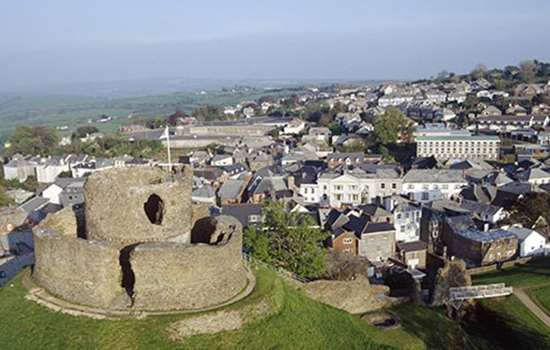
Visit Launceston Castle
Visit the castle to explore its unusual keep, high on a mound, and climb up to the battlements to enjoy impressive views of the town and surrounding landscape.
-
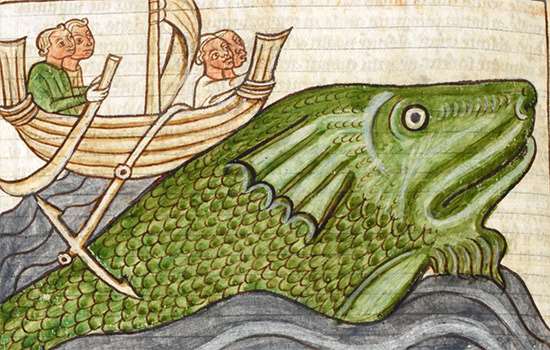
The Launceston Castle Whale
Find out what the discovery of a large whale vertebra during excavations at Launceston tells us about the lives of the castle’s royal owners and their guests.
-
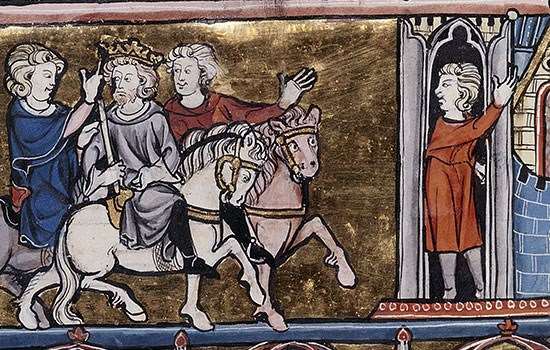
Earl Richard of Cornwall, King Arthur and Tintagel Castle
Discover why the legend of King Arthur led Richard, Earl of Cornwall, to build a castle on an inhospitable rock at Tintagel.
-

Buy the guidebook
This guidebook brings the site to life, with spectacular photographs, reconstructions, historical images, maps and plans.
-

Download a plan
Download this PDF plan of the castle to see how it developed over time.
-
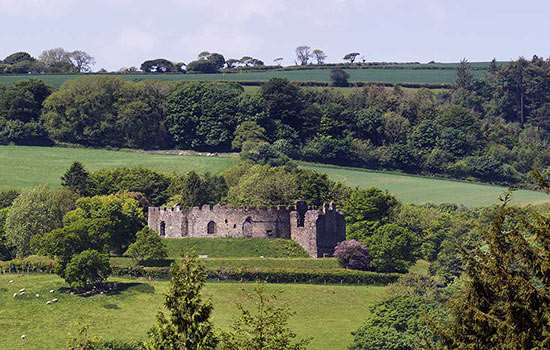
History of Restormel Castle
Read a history of this 13th-century castle, like Launceston one of the four Cornish castles of Richard, Earl of Cornwall.
-
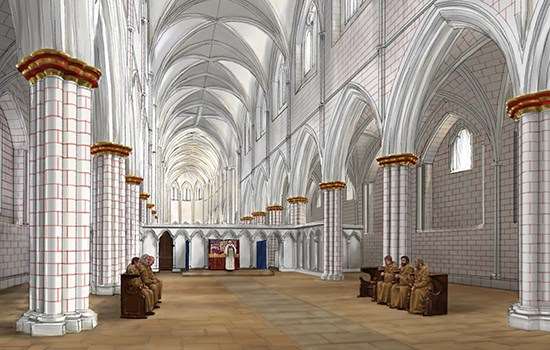
History of Hailes Abbey
Read a history of the Gloucestershire abbey founded by Richard, Earl of Cornwall, to give thanks to God after Richard survived a storm at sea.
-
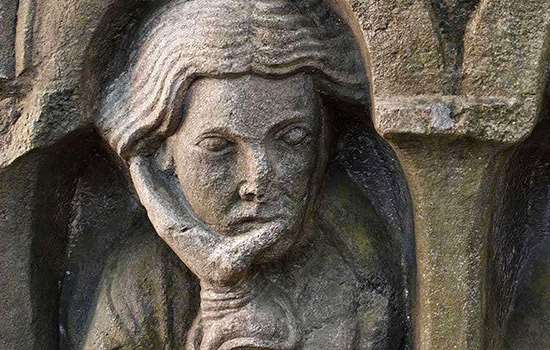
More histories
Delve into our history pages to discover more about our sites, how they have changed over time, and who made them what they are today.

